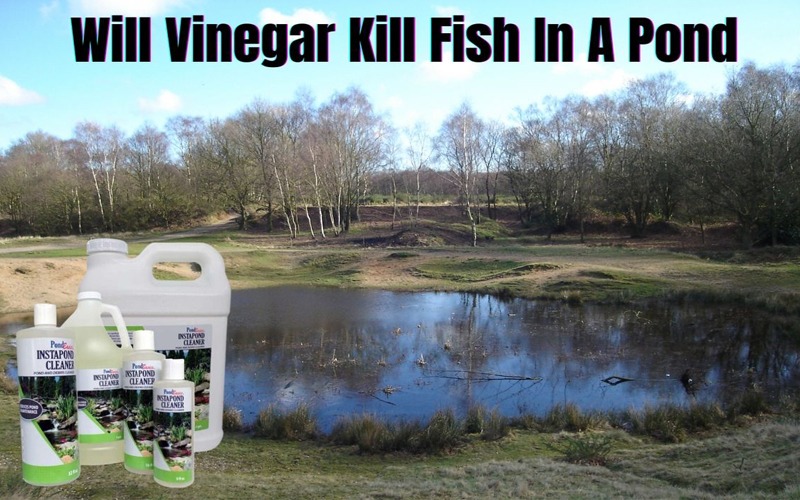Using vinegar in a pond can indeed be harmful to fish and is not recommended as a method for controlling algae or adjusting water pH levels. Vinegar, which is acetic acid, can significantly lower the pH of the water, making the environment acidic and potentially lethal for fish and other aquatic life.
The degree to which vinegar can affect a pond depends on the volume of water, the amount and concentration of vinegar used, and the species of fish present. Fish require a stable pH level to thrive, and sudden changes can cause stress, illness, or death.
When vinegar is added to pond water, it can cause the pH level to drop quickly. Fish have a limited range of pH levels within which they can live comfortably. A rapid decrease in pH can damage their skin, gills, and eyes, leading to severe health problems or mortality.
Moreover, the acidic environment can disrupt the biological balance of the pond, affecting not only the fish but also the beneficial bacteria that play a crucial role in breaking down waste products and maintaining water quality.
If there’s a need to adjust the pH level of a pond or control algae, safer and more effective methods are available that do not pose a risk to fish.
For example, using aquatic plants can naturally balance the pond’s ecosystem, and there are fish-friendly chemicals and treatments specifically designed for algae control and pH adjustment.
So now it’s clear to you that does vinegar kill algae in ponds. Remember, it’s always best to consult with a pond management professional before attempting to treat or modify pond conditions to ensure the safety and health of aquatic life.
So, while vinegar might seem like a straightforward solution for certain pond issues, its use can have dire consequences for fish. Maintaining a pond requires careful consideration of the impacts of any treatment on the ecosystem, always prioritizing the health and safety of the pond’s inhabitants.





